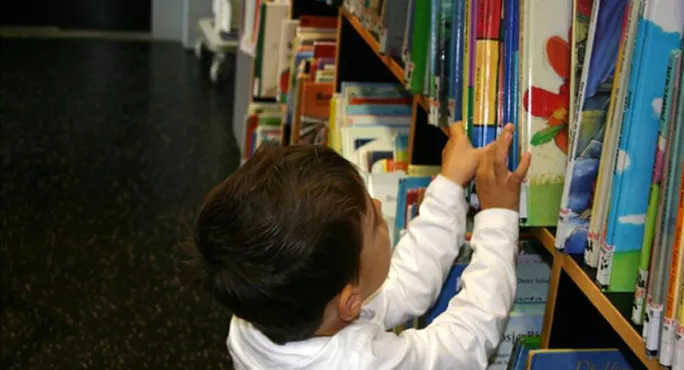There is a simple logic to children’s reading: those who can read well tend to enjoy reading. Because they enjoy reading, they are more likely to read often. Because they read often, they become better readers and their enjoyment of reading is reinforced.
In his 2015 book, Raising Kids Who Read, Daniel Willingham refers to this as the “reading virtuous cycle”.
The problem for many children is that this cycle is broken. For them, reading is a task that involves a huge amount of effort and very little pleasure. The key here, it is said, is to make these children better readers and that this should be made a priority at every school; if children are better at reading, the act of reading becomes more enjoyable so they read more often and get better at it – the cycle is fixed.
But we have, I'm sure, all taught children who can read well – they can pass reading comprehension tests and tackle age-appropriate texts in class – but still take little pleasure in reading independently. These children are successful in school, but do not benefit from the myriad advantages of being an avid reader.
Moving mindsets
The issue here is that it is incredibly difficult to change a person’s mindset, to make them enjoy something that they don't find enjoyable. Rewards can work in the short term, but research shows that once the reward stops, the behaviour is likely to do so, too. Rewards also reinforce the idea that reading itself is not a pleasurable activity.
The goal here is to change an attitude, not a behaviour. The key to this is to increase children’s exposure to great literature. The more time and energy that schools dedicate to the act of reading, the more likely children are to stumble across a book that sparks their love of reading.
Below are five tried-and-tested approaches that schools can take to increase the likelihood of children finding that book.
1. Have a well-stocked and well-presented library
Make use of your education library service to ensure your selection changes regularly. Recycle old, tattered books and make use of book displays.
2. Teach children to browse
Dedicate teaching time to ensuring that children know how to select books to suit their tastes.
3. Create book teasers
Share the first few chapters of a book with your class. Ham up the performance, get them hooked and then stop; hold a lottery to see who gets to take a copy home that night.
4. Model reading
Talk to them about what you are reading and read in front of them; you could be the only person they ever see doing this.
5. Dedicate time to reading
The pressures of the curriculum mean that this can be hard, but the time invested will pay dividends.
Can we teach a love of reading? Making children better at reading is a good start, but to truly instil a love of it, time must be invested in school into the exploration of literature. For every child, that book is out there somewhere and it’s our job to help them find it.
DM Crosby is deputy headteacher at a primary school in Nottinghamshire. He tweets @DM_Crosby




